Pottery is an incredible way of giving clay the shape of one’s mind. Pottery is one of the most ancient forms of art, which people adapted to incorporate their artistry of mind to make life easier. Thus, pottery not only serves the artists’ appetite to create something new but also comes in aid for the daily household needs since the old times.
There is an array of types of pottery. Each type never fails to catch the eye of the spectator. Pottery is considered one of the most creative forms of art, making people stay involved with it. Thus, there is no limit to creation.
If you are interested in pottery, then knowing about the various types of pottery helps you unleash the enticing world of ceramics. In this article, we will talk about the extensive range and types of pottery that you need to know if the world of pottery attracts you so much. Also, it is too much fun to know how big the pottery world is. So, to learn further, read on.
Agateware:
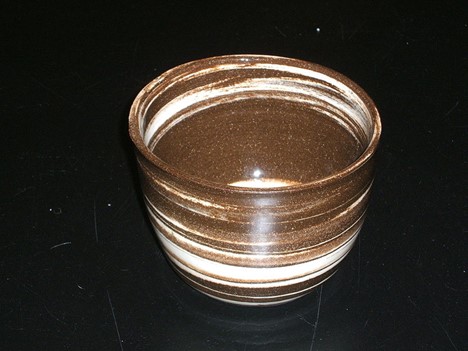
Agateware is one of the very extensive pottery making ways, which was quite popular in the mid-1700s. This type of pottery making boasts a unique type of glazing through the salt. The agateware follows the technique of combining various clay of a variety of colors in one slip. The method follows the combining of clay while lying it on slabs.
Also, the clay is appropriately beaten to build a homogenous mass where the colors get mingled properly. The use of colorless lead glaze is also famous for the agate wares. The end product looks beautiful due to its combination of a variety of tones.
Basalt:
Basalt, also known as the black basalt, refers to hard black vitreous stoneware, which is famous for its artistic tone. Named before e volcanic rock basalt, this form of pottery is the artistic successor of the “Egyptian Black” coined by the potters of Staffordshire.
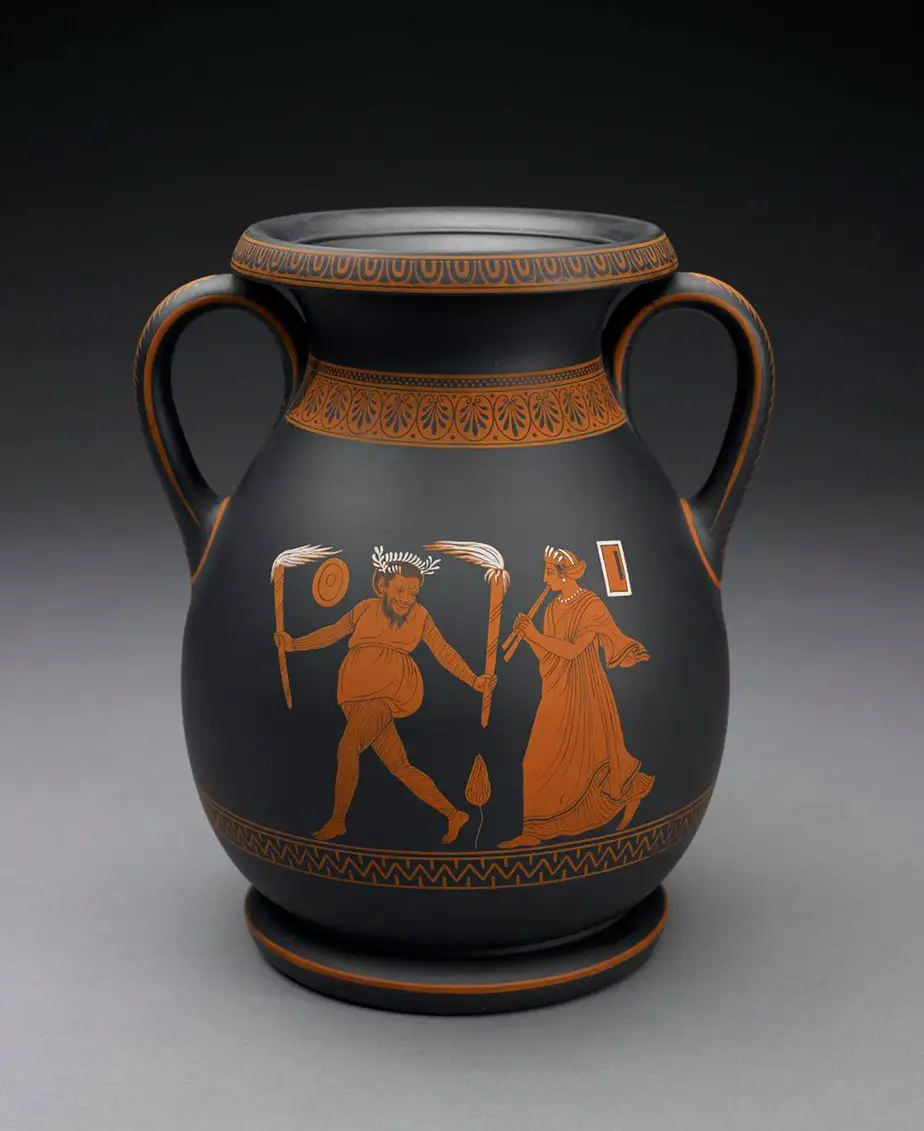
The pottery works of basalt from the stoneware. The surface of the poetry is distinctive with its uniformity and dullness in gloss with a fine polish. The intricate design on the body with geometric patterns creates a bronze-like effect. The basalt work hardly requires any glazing due to its fine finishing.
Earthenware:
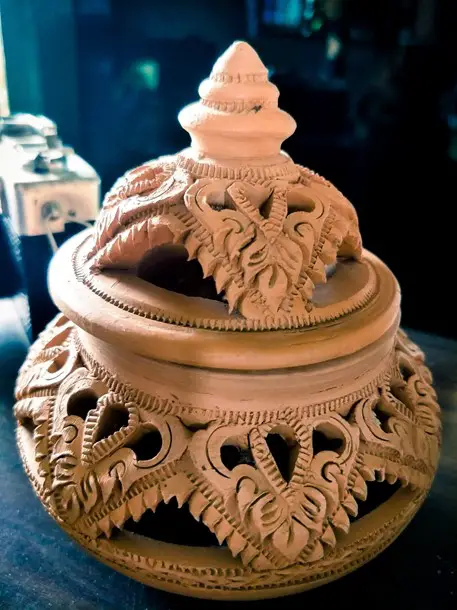
Earthenware is the most popular form of pottery. The Earthenware is directly made from clay and is not fired to reach the vitrification point. Also, the Earthenware is slightly porous and known as the primary level of making pottery. After that, the earthenware is coated with slips to become waterproof.
Earthenware is usually fired at a very low temperature and can absorb the water if not appropriately glazed. It is prepared from clay grog and comes in a reddish-brown appearance. Most of the middle eastern, European, medieval, and ancient ceramics are considered Earthenware.
The porosity is prevented using the single-fired Earthenware coated with a fine glass powder to make it waterproof. The firing process is done by covering the surface for fusing a glass-like layer to seal the pores on the clay body. The various Earthenware usually contains ingredients like flint, china stone, china clay, and ball clay. Here is the range of firing it uses.
Firing type |
Firing temperature |
Bisque firing temperature |
1100-1150°C |
Glost firing temperature |
1050-1100°C |
Bisque:
Bisque wares are the most popular type of pottery, which is easier to build and the most inexpensive one that the majority of the potter forms. The bisque pottery came to light during the 18th century, and the Derby factory first produced them back in 1770.
To our surprise, all the bisque-fired potteries were much more expensive than the glazed ceramics. The bisque wares merely refer to the single-fired or biscuit porcelain that is left without glazing. The fun part is while making any of the pottery, you cannot miss the bisque. After that, it is up to you whether you will leave it as bisque ware or want to glaze it.
On the other hand, the bisque potter features too much intricate detailing in its style and decoration, as it is not going to get any additional glaze, which is why it has to be visibly perfect.
Creamware:
Creamwares are the most popular kind of English earthenware that originated during the 18th century. The appearance of this specific type of pottery is quite recognizable from its very name. The cream-colored pottery created by the Staffordshire potters holds a special place in the history of Pottery making.
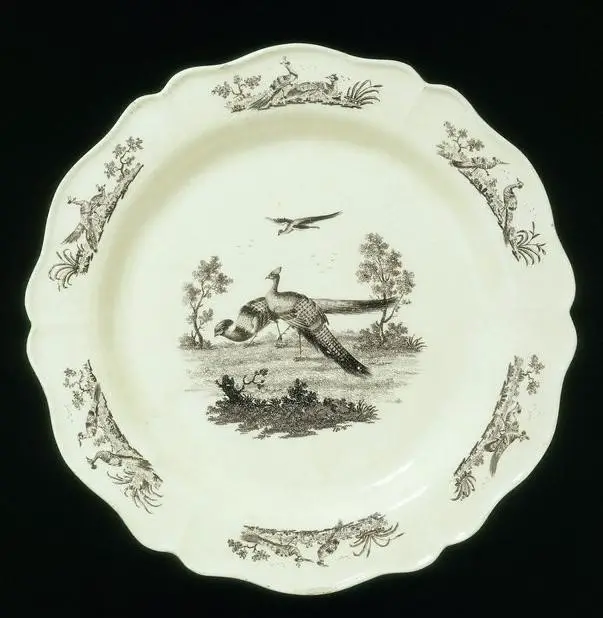
Potters created this pottery as they were experimenting with creating an alternative to Chinese porcelain, which led them to produce this fine white Earthenware with a yellowish tone in the glazing.
The fun fact is that the cream color was considered a fault at the time; still, the cream wares managed to rule due to their soothing appearance and unique finishing.
Cauliflower ware:

Cauliflower wares are the more moduled version of the cram wares. As it features a green and cream color similar to cauliflower, the very name does justice to its appearance. The Cream wares were glazed with yellow and green glaze, a distinctive feature of this creative pottery work.
Also known as lettuce pots, pineapple teapots, and cauliflower tureens, this specific type of pottery was introduced in the 1760s by the Staffordshire potters. The uniqueness of the color and design makes this fine creation of pottery serve the Chelsea dishes, which is still holding up its tradition.
Delft
The delftware takes you to Holland and delft’s ancient culture, first introduced in the 17th century. The delftware features creative characteristics with its thin surface and fine and intricate decoration. Most of the delftware is distinctive with the manganese purple with blue underglaze.
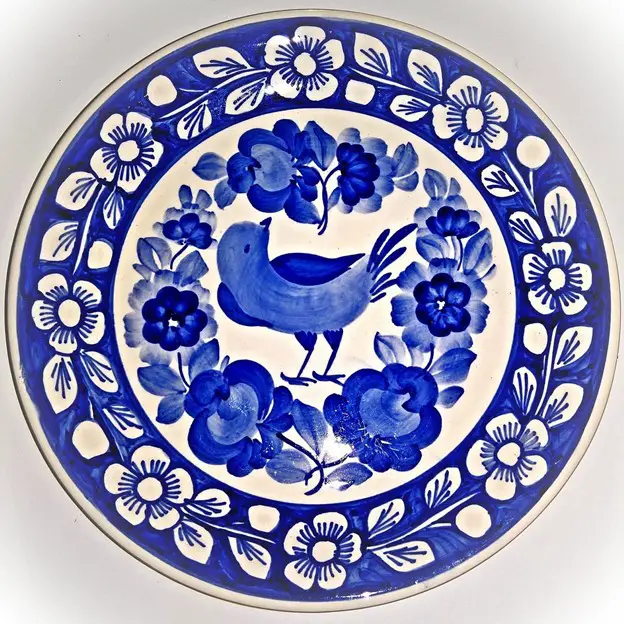
Thus, it comes with various patterns all over it with French-influenced fashionable blue classical motifs. Also, the potters fill the white areas rather than leaving them bare to imitate the beautiful look.
Porcelain:
Porcelain or China clay pottery is quite famous for its white appearance. The porcelain comes from a mixture of kaolin clay and china stone. The strength of porcelain is the main secret behind its immense popularity.
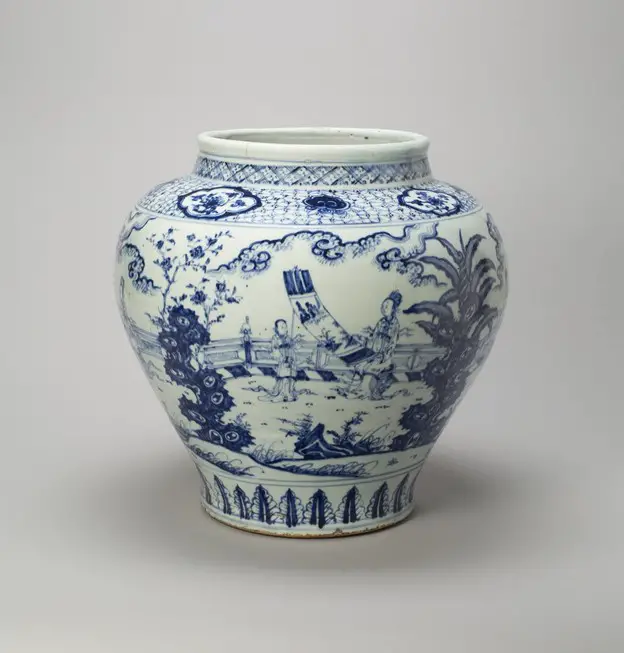
So, let’s have a look at the different types of porcelain and what’re their specialties.
Types of porcelain |
Specialty |
Glost firing temperature |
The hard-paste porcelain is popular with its grey appearance and comes with a sturdy build. The firing range for the hard-paste porcelain is very high. The ingredients in the hard-paste porcelain tend to get fused to form the intense density of the body. |
Glost firing temperature |
The soft-paste porcelain, on the other hand, is much softer than hard-paste and porcelain. The ingredients of the granular body do not melt properly. Thus, the soft-paste porcelain comes from mixing frit along with alum, niter, gypsum, soda, salt, and white lime, and lime and chalk are also used to fuse the clay with the fruit. |
Bone china |
On the other hand, Bone china is also extremely hard and comes with an intense white appearance. To get that ivory-white appearance of bone china, potters use bone ash in their ingredients. Moreover, the elements include china clay, biscuit, and china stone. |
Flambe:
Flambe pottery is distinctively characteristic of the glaze type. The Flambe pottery comes with a rich and deep-red glaze, which comes from turquoise and purple streaks. The decoration of the flambe glaze is specifically notable with its rich red glossy appearance.
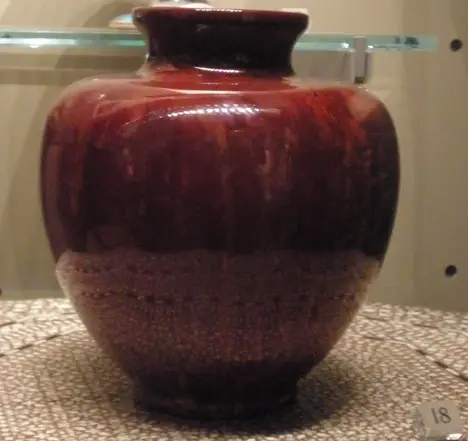
A particular range of firing is used for the Flambe glaze which includes copper. Originating during the Ming dynasty, pottery was first created in the 1570s. After that, the process got its rejuvenation in the 20th century as Bernard Moore of England revived this classic pottery glazing technique.
Jasper:
Jasper ware is specifically suggestive of the particular type of pottery, which is fine-grained and made from unglazed stoneware. The jasper pottery is white and comes with metallic oxide and colored stains. Lilac, dark blue, and pale blue are the distinctive shades of the Jasper wares. The neoclassical style of decoration on the white adds a unique touch to this specific style of pottery.
The old method of jasper boasts staining throughout the body. On the other hand, the later varieties are only colored on the top and come to be known as the dip type. Due to its richness in style, Jasper pottery is tremendously pretty and has another level of beauty among the most famous pottery types.
Lusterware:
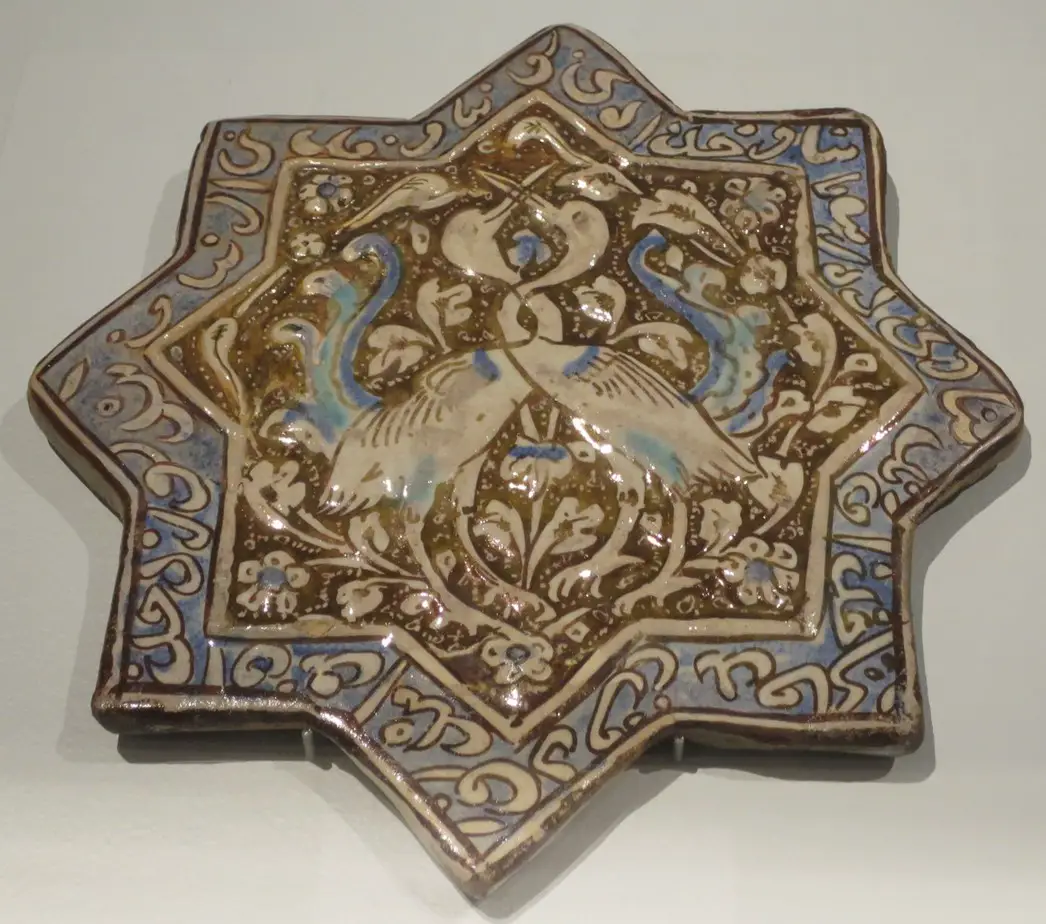
Lustreware refers explicitly to earthenware that comes with an opaque white appearance with a tin glaze. The pottery is fired once and then applied with the metallic paints and again fired to get the maturation with education points. The Lusterware designs are specifically in lime, yellow, bronze, red, and metallic tones, which is the distinctive appearance of this type of pottery.
The copper luster is the most common tone among the luster worn the silver and gold luster is also used frequently to give a metallic punch to the Earthenware. The decorating is done with scenic motifs to create the luster of the design and the very form of the pottery. Originating in the 10th century, the Lusterware is the creative creation of western Muslims.
Majolica:
Majolica is another very popular type of pottery that is exceptionally great with its look and attention to detail. Majolica is a Hispano Moorish pottery technique, which is a tin-glazed earthenware.
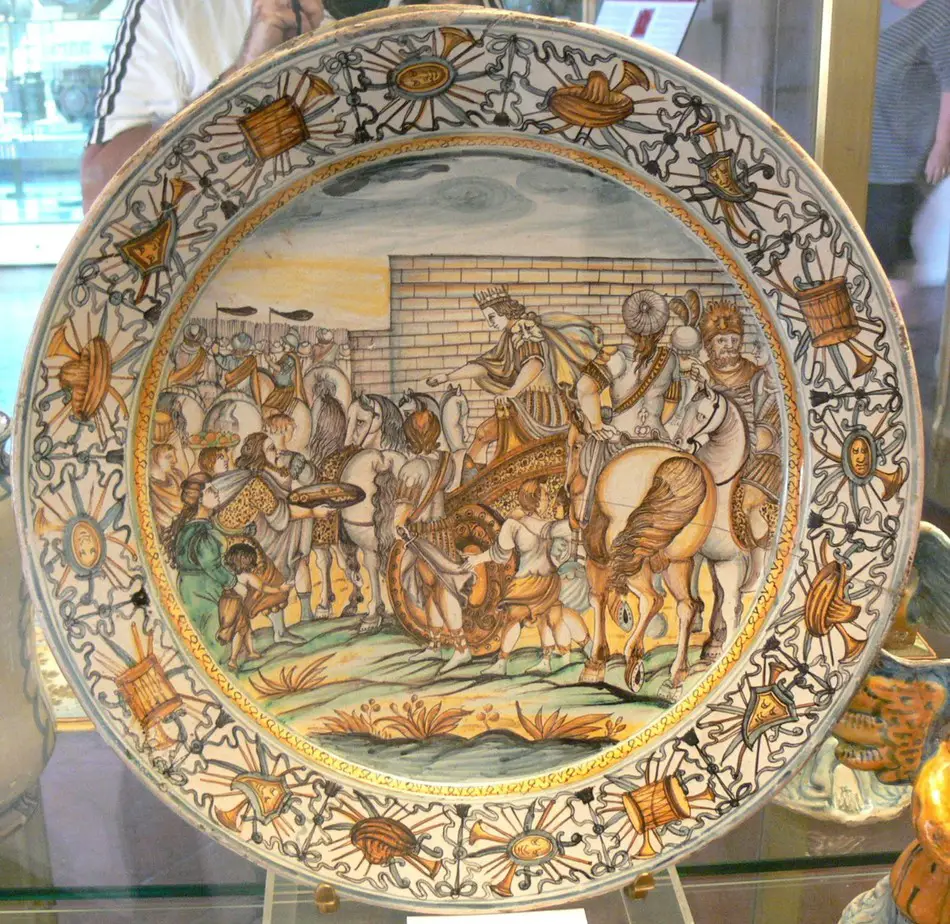
Originating in Spain, Majorca refers to an enameled stoneware with an intensive decoration range. The creativity of Majolica lies in its vibrant and brings shades with a glossy well-polished finish. But the most used color is green, which adds up to the creativity of the majolica pottery. The decorations are creatively carved on clay to achieve creativity in every bit of the detailing.
Marbled:
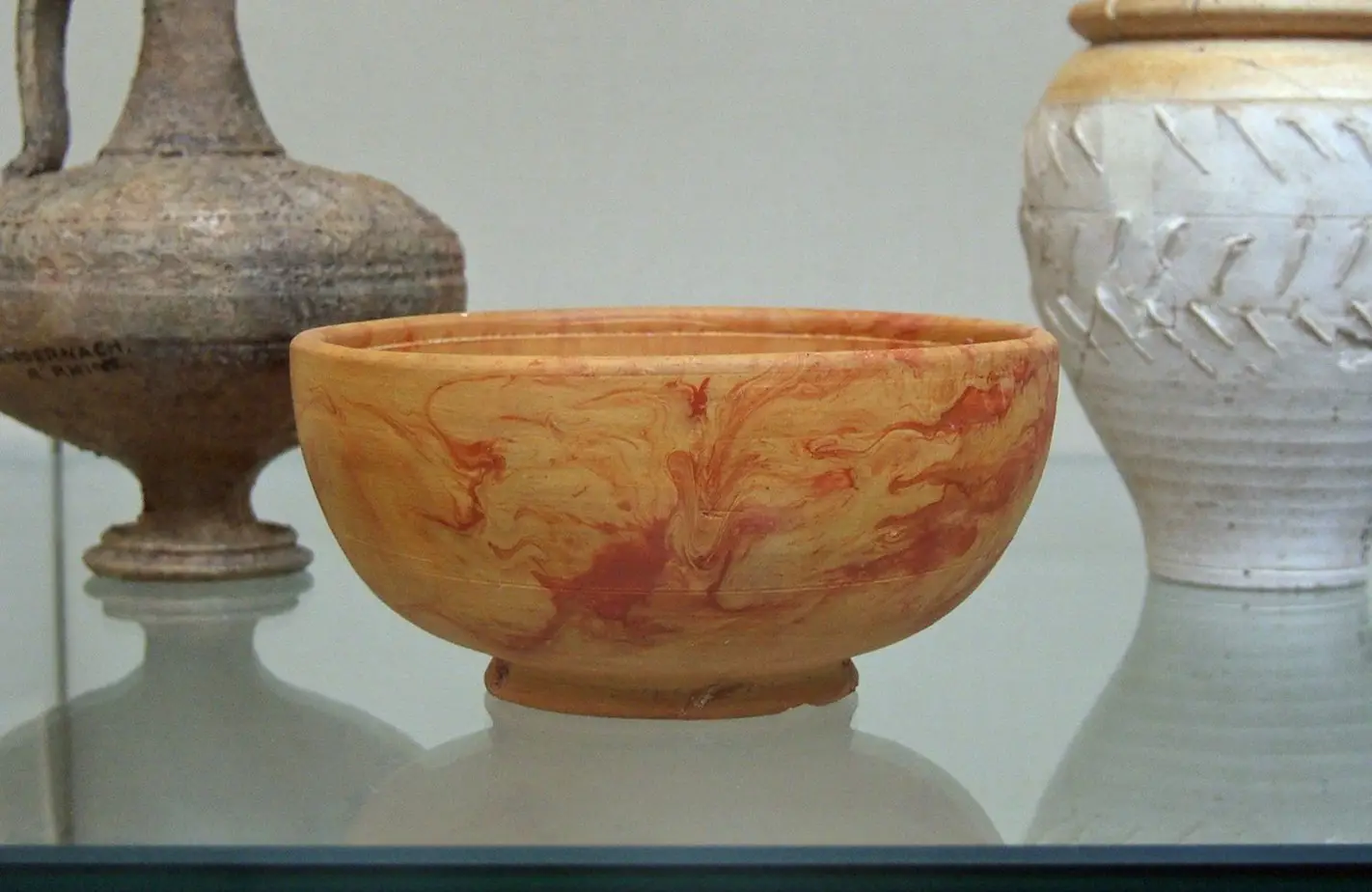
The marbled clay imitates a marble effect, which looks intensively creative. The marble ware is gained through the mixing up of the different colors of clays. Moreover, a variety of colors are mixed in a way to imitate the look of the natural agate or marble. Their marbled pottery originated in the 1 st century in Rome and is quite popular to date.
The marbled technique includes the inclusion of decorative brown, white, and grey clay, which imitates the actual effect of the marble. The intense color is achieved by the mottling glazes along with the manganese brown. The technique includes the laying of slabs of various colors. Later the clays are laid on each other and beat properly to an agateware. The uneven mixing of colored clay slips creates a very swirling effect of clay on the pottery surface.
Pate-sur-pate:
The pate-sur-pate features a very creative and labor-intensive technique that is used to build the design with the various layers of the liquid slip. The layers are carefully added one after another as the previous one dries appropriately.
The pate-sur-pate is quite creative in nature and looks immensely beautiful with attention to detail. The main trait of this pottery technique is a white decoration or motif on a mild-colored background. The surface area is topped with mild glazing with a minimal gloss effect, which is the most innovative feature of this unique pottery technique.
Pearl ware:
Pearl ware is creatively beautiful with its attention to detail and excellent finishing, which adds up to its brilliance in appearance. The pearlware is one of the most notable works of pottery, which was created by Wedgwood. This European form of ceramics is fine in detailing and creates a pearl-like hue all over.
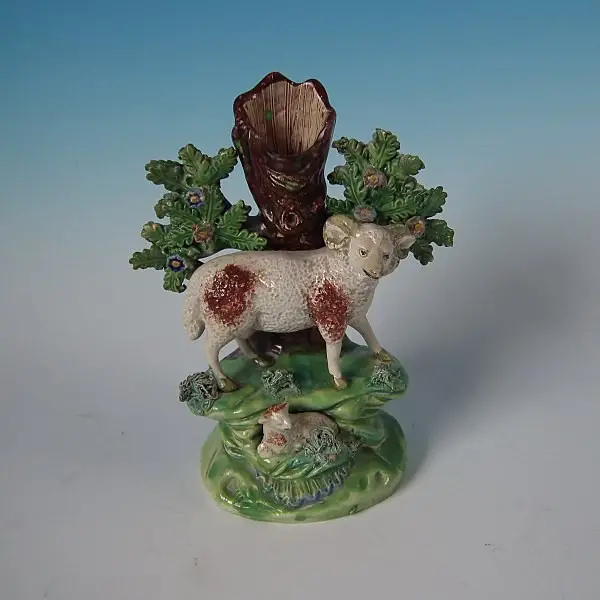
The pearl war glazing is achieved through the intensely pale creamware with a slightly bluish hue all over the glaze. With its creative white shade, the pottery was quite famous in mid-century England.
Salt glaze:
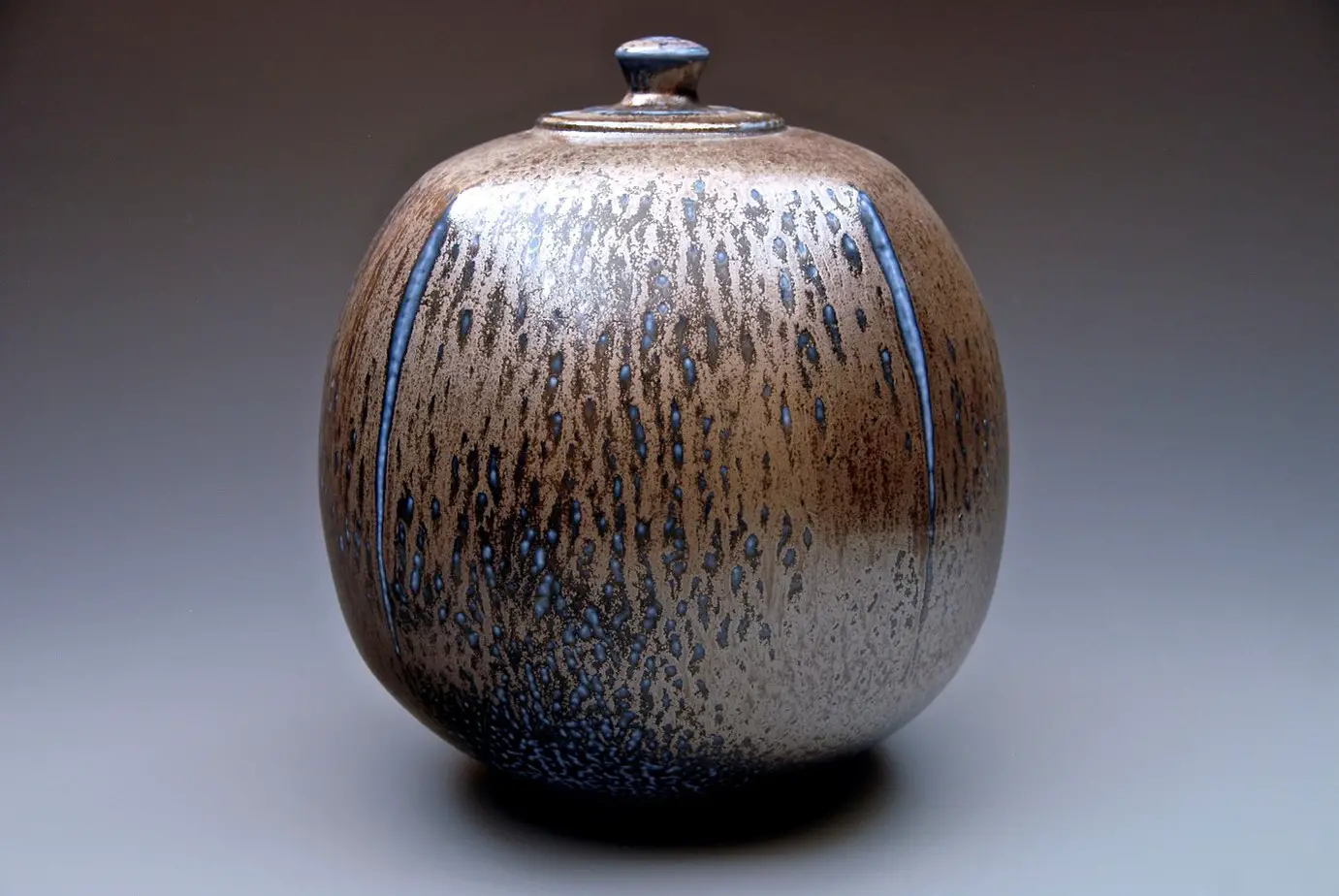
The salt-glazed pottery takes another popular place in the world of the market, with its creativity in color and appeal. The salt glaze in ceramics comes with textured orange peel, which is created by throwing the common salt inside the kiln when the temperature is much high.
The sodium in the salt gets added to the silica present in eh clay and creates a very glossy coating along with the sodium silicate. The glaze comes with a colorless or brown, purple or blue shade, which adds up to the unique shade of this particular type of pottery making.
Slip ware:
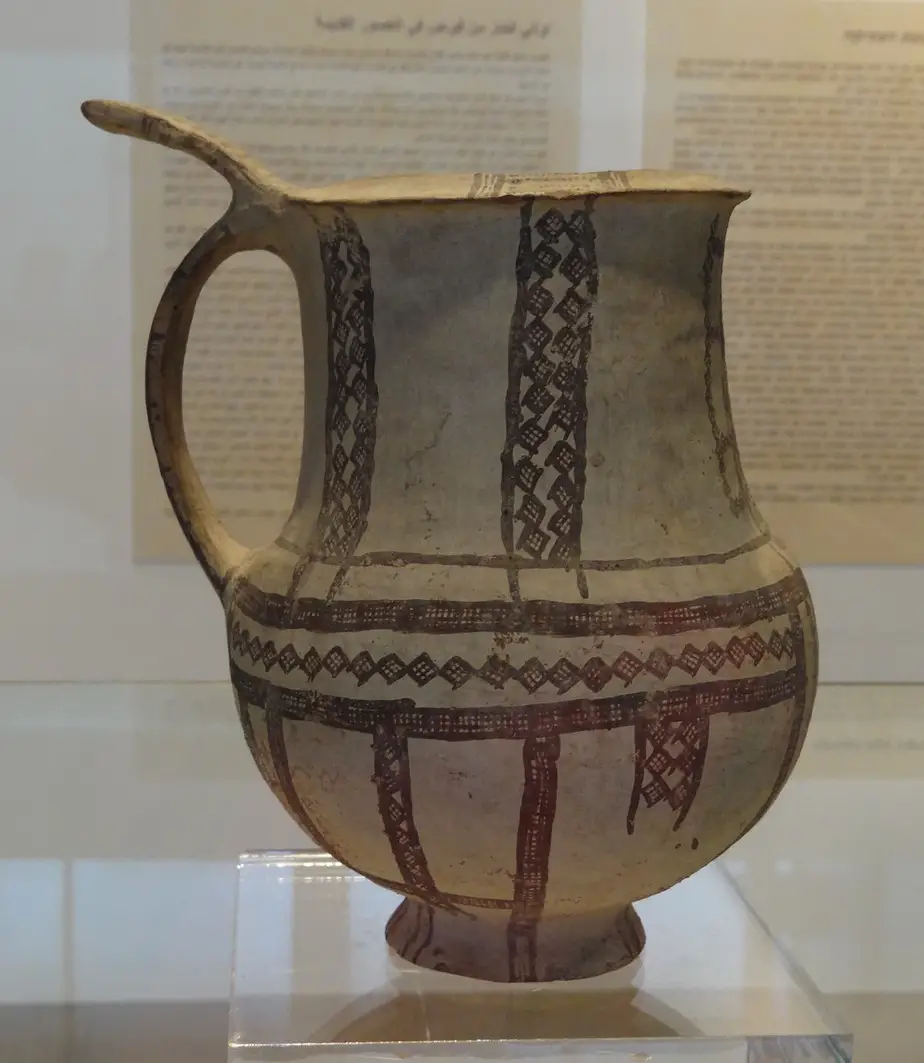
Slipware is a much more common type of pottery that follows a very easy and unique technique. The earthenware pottery is decorated with a variety of slips, which are appropriately glazed. The slipware is adequately treated with semi-liquid clay or slip.
Also, the marbling and feathering are done using slipware, which comes with a large amount of red clay. The clay is then covered with white slip, and then decoration is done to achieve beautiful designs over it.
Snowman-porcelain:
Snowman porcelain is another popular kind of porcelain that is quite different from porcelain’s regular china clay preparation. The very name is derived from the snow-white appearance of this porcelain ware.
This porcelain’s rich white color is achieved through the thick white glazing, which makes the pottery look exclusively classy. Snowman porcelain is popularly used to make various figures and animals rather than used as a regular pottery piece for daily use. Originating in Longton Hall in 1750, this pottery type is still widely used to create beautiful pieces for decorative purposes.
Spatter ware:
Spatterware is creatively distinctive by nature, along with its popular spatter technique. Originating in the United States, the spatterware features various motifs on its body with the sponging procedure.
Along with a rich history, the spatter ware boasts the natural design or the sponges’ imprints in a uniform way. The creativity lies in the contrast of the white along with the colorful motifs on it. The decoration primarily features the white background on which the colorful sponging is done. The decoration is then finished with transparent glazing to ensure a glossy effect from everywhere.
Stoneware:
Stoneware is one of the basic styles of pottery making. The stonewares are usually too strong and are fired at a very high temperature to achieve the maturation range. The stoneware features the characteristics of being extremely strong. Unlike Earthenware, stoneware does not absorb water.
The higher temperature is applied to fire to make the body vitrify properly. The surface is completely non-porous. Stoneware does not require any glaze to ensure the porous nature of the surface. Dark colors clay is usually used, which is made from the buff. Also, the use of brown and red clay is quite famous for stoneware.
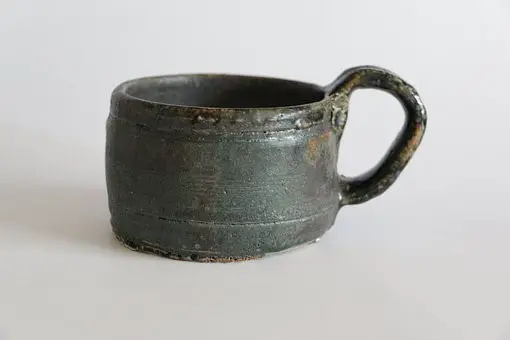
Here are the ingredients used for stoneware.
Ingredients |
Measurement percentage (%) |
Ball clay |
25 |
China clay |
25 |
China stone |
15 |
Flint |
35 |
Staffordshire Figures:
Staffordshire pottery basically refers to pottery made with the typical Staffordshire style. The various types of Staffordshire figure pottery include salt-glazed stoneware made from human structures.
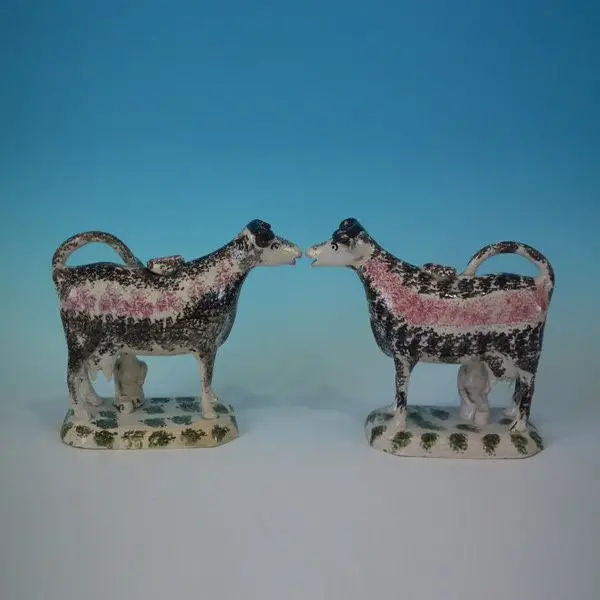
Also, the effects sometimes used clouded and lead-glazed Earthenware with a watery effect along with vibrant shades like pale brown, yellow-green, grey, etc. The Staffordshire figure focuses explicitly on making figures like musicians, shepherds, animals, deities, classical figures, etc., which is the main artistic factor of this very popular pottery type.
Tortoiseshell:
The tortoiseshell pottery is a very creative kind of Earthenware that looks unique, which is the imitating effect of the tortoiseshell. Originating in England, this pottery type gets its very name from the manganese oxide used to create the shell-like color.
The pottery’s notable cloud-like effect is created by treating the lead glaze and various oxides. To achieve the brown color, the potters go through an intensive session of glazing, which creates the effect of a ‘tortoiseshell.’
Transferware:
The transferware pottery technique was first used on the creamware to get a traditional way of imprinting on the pottery plates. In this method, the patterns or designs are transferred on the poetry surface using a copper plate. The plate is dipped in ink, and then the pattern is transferred to the tissue. The inked tissue is then placed on the bisque fired-pottery piece. Then the pottery is covered with color and opted for glazing and firing.
This creative pottery design is primarily done on one-colored items. However, with the advancement of technology, the colors got elevated and are used in more variety. The rim of the pottery stays in one color, and the theme of the center design is done with other colors to give embellishment to the simple surface area.
Terracotta:
Terracotta is a prevalent kind of red pottery that is creative in style and eminent with its building and firing technique. The terracotta technique is done using the baking of the clay.
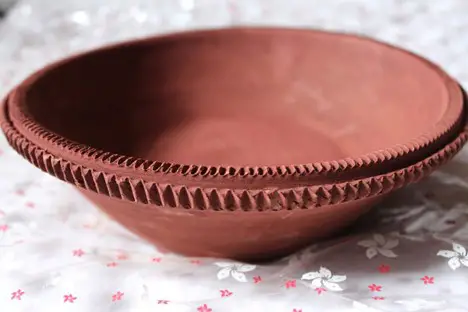
The clay is very coarse and porous, baked at 1000-degree Celsius temperatures to achieve a reddish appearance. The uniqueness of the terracotta pottery lies in its unglazed appearance. Terracotta is widely used for making vessels, tubs, and vases. As it is left unglazed, the potters focus more on the design’s details.
Unlike the ceramic wares, the terracotta does not reach that high temperature for firing, which leaves it with a brownish hue all over. You can easily build terracotta pottery at home by using DAS Air-Hardening Modeling Clay -Terra Cotta Color. This clay is ideal for all ages & the best part about this clay is that it doesn’t require any baking. It is ideal for both classroom and studio use.
Conclusion:
The world of pottery making is extensive and rich. The more you get to know about the large range of potteries, the more you know about the culture associated with them. The variety of pottery uses various techniques and a variety of cultural fabrication, which adds up to the uniqueness of that very style. Some of the pottery building is really very easy, while others are too much tough. Well, you can try on any one or more than one to try your hands at pottery.
So, was knowing about the various types of pottery quite fun for you? Well, then for what are you waiting? Start working on your favorite pottery right now!
Happy sculpting!








